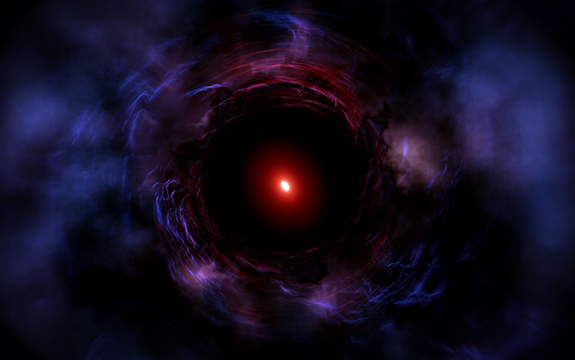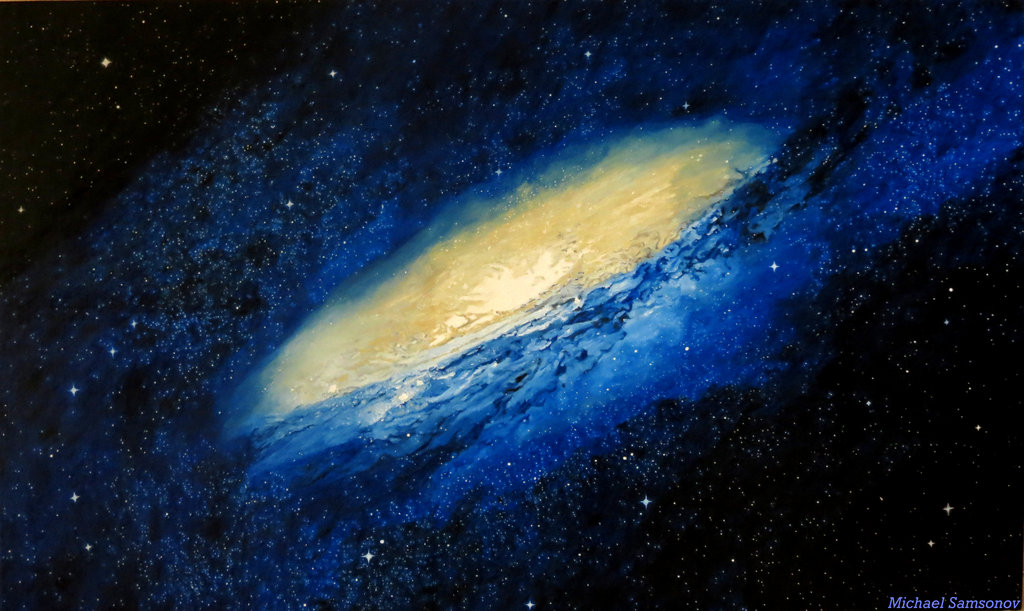A massive galaxy (ZF-COSMOS-20115) that once had three times as many stars as the Milky Way has recently been discovered by astronomers. Experts say that most of these stars were made within the first billion years of the Universe’s existence, in short starburst. But, this didn’t last long and scientists calculate that at just 1.65 billion years old it stopped generating stars as there was no more fuel.
Most galaxies exist much longer than ZF-COSMOS-20115. “Karl Glazebrook, the lead researcher from the Swinburne University of Technology in Australia, said in a statement, “This huge galaxy formed like a firecracker in less than 100 million years, right at the start of cosmic history. It quickly made a monstrous object, then just as suddenly it quenched and turned itself off.” Evidence suggests that was over 12 billion years ago now.

The galaxy has a mass five times that of our own Milky Way that’s squeezed into space 10 times smaller. And, within that small space sit 300 billion twinkling stars. “The early formation of such massive systems implies that our picture of early galaxy assembly requires substantial revision,” write the authors as part of their study. But, before that can happen, scientists first will need to work out how the galaxy ran of fuel so quickly and stopped producing stars.
More News to Read
- New Cancer Treatment May Be Having the Reverse Effect on Some Patients
- Reusable Rockets are the New ‘In Thing’ Apparently, Russian Wants Them too
- The Event Horizon Telescope Aims to Capture an Image of a Black Hole
- Can We Forecast Global Dust Storms on Mars?
- Can the New ” Light Phone ” Cure Our Smartphone Addiction?











